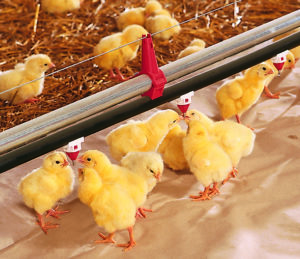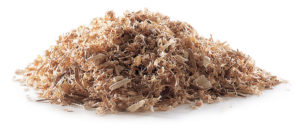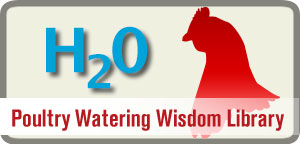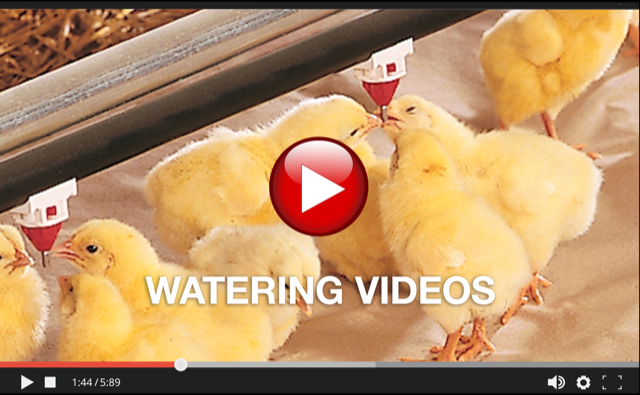
Water plays a critical role in bird performance. But, how water is delivered makes the difference between acceptable and exceptional results. For the best bird performance, a watering system needs to supply the right amount of water in the way birds actually drink, not an oversupply that leads to spillage, wet litter and unhealthy conditions. Equally important are the management techniques producers use. They need to be based on proven principles and concepts about how birds drink — not misconceptions and myths. The result: better litter conditions, a healthier environment — and ultimately excellent bird performance.
It’s simple. Water Usage = Consumption + Spillage.
A water meter measures usage — the amount of water that goes into a house. However, nothing measures how much of that water birds actually consume and how much spills or evaporates. Understanding this principle and fine-tuning the management of the watering system accordingly provides the best opportunity for achieving exceptional bird and litter performance.
Birds drink by pecking the trigger pin. Flow rate measuring tools, by design, gauge the volume of water a drinker discharges when the trigger pin is held vertically open for a minute. In reality, birds do not push and hold open the trigger pin and guzzle water. They peck. Therefore, drinkers have to provide all the water birds need in the way they actually drink — and most important, no more water than they can hold in their beaks.
Discharging the right amount of water means birds achieve the best performance in weight, feed conversion, mortality and condemnations. And floors stay dry.
 Litter conditions tell all. Litter readings provide the information you need to get excellent bird performance. Here’s why:
Litter conditions tell all. Litter readings provide the information you need to get excellent bird performance. Here’s why:
• Litter conditions under the water lines indicate if the drinkers are discharging too
much, too little, or just the right amount of water. If too much water comes out each time the bird pecks — more water than their beaks can hold — the litter gets wet. And this creates an unhealthy, ammonia-ridden environment. Too little discharge can mean your birds will not achieve maximum weight.
The key is to supply the right amount of water throughout the entire production cycle. And that will lead to maximum bird performance.
Dry litter benefits broiler producers and integrators.
Keeping litter dry leads to many advantages:
• Increases average bird weights.
• Reduces heating and ventilation costs.
• Lowers medical costs.
• Decreases mortality.
• Improves feed conversion rates.
• Lowers condemnation rates.
• Allows growouts with reduced or no antibiotic use.
• Improves bird environment and welfare.












